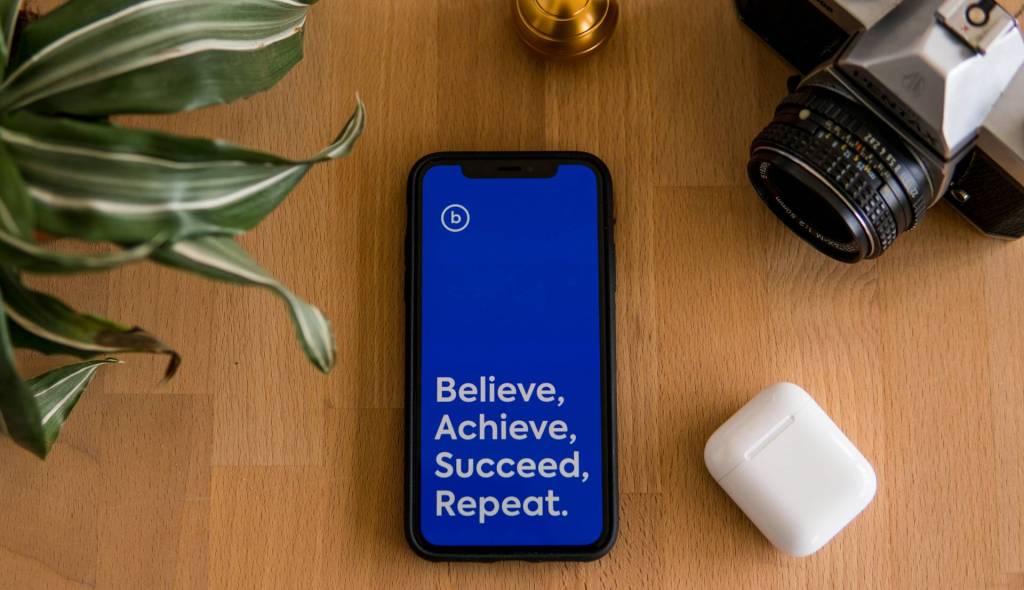 When you are approaching a prospective client, you have a 1/3 chance for getting the sale. Why? Either of you have the opportunity to say, “No thank you.”
When you are approaching a prospective client, you have a 1/3 chance for getting the sale. Why? Either of you have the opportunity to say, “No thank you.”
Entrepreneurs dream of becoming known and having requests pour in. Over the years, as people see you in action and determined to succeed, those very requests start to flow. The requests are slow at first, but then it seems as if a floodgate opens with too many requests. Diplomatically handling all of these becomes another dilemma.
Sometimes the requests are not beneficial for you but to the benefit of the requestors. While it is important to help as many as you can willingly without receiving anything in return, there is a fine line between doing this and knowing when your time is being infringed upon. Be of the mindset to review each request to see if it fits within your guidelines such as time allotment for delivery.
Prior to accepting, put qualifiers on the request such as, “I will be happy to help but in a month’s time due to a hectic schedule.” Should anything sound unreasonable, question it and, if required, decline the opportunity. Consistency of principles is key to building your personal brand.
On the other side of the table, and prior to all meetings, come to terms with understanding why your client might potentially say “no”. Where are your weakest spots, and how may you position them to be seen as strengths?
Repositioning is a sales technique that lends greater insight as to why you work the way you do as well as backing up the facts with examples of success stories. Have your favorite stories in mind in anticipation of your meeting. Keep stories to a maximum of two minutes.
Probe with questions as to what the other party’s experience has been. Learn why doubt is heard upon you being questioned. It’s essential to swiftly and eloquently address concern. Be of the mindset to stand your ground.
The strategy of showcasing your weaknesses applies to competing for business. In client meetings, when prospective clients ask why you don’t offer a specific product as your competitors do, ask why it is believed that component is necessary. Most likely it isn’t. Now you are free to state why you don’t offer it, and able to present the option you do offer that others do not.
Next, discuss why you work the way you do, and benefits derived for all. As long as you are building the relationship every step of the way, you will find the unique you converts objections into the initial sale.
Allow everyone to be heard. It is a disaster when one person deems himself the leader and begins to pontificate. While in meetings, you may be with the CEO, however, do your best to get opinions, or at the very least, consensus from other attendees. Doing this demonstrates your leadership capabilities.
Standing your ground while building relationships will not only help you obtain the sale, but will lead to repeat business, referrals and testimonials – the definition of the Smooth Sale!












